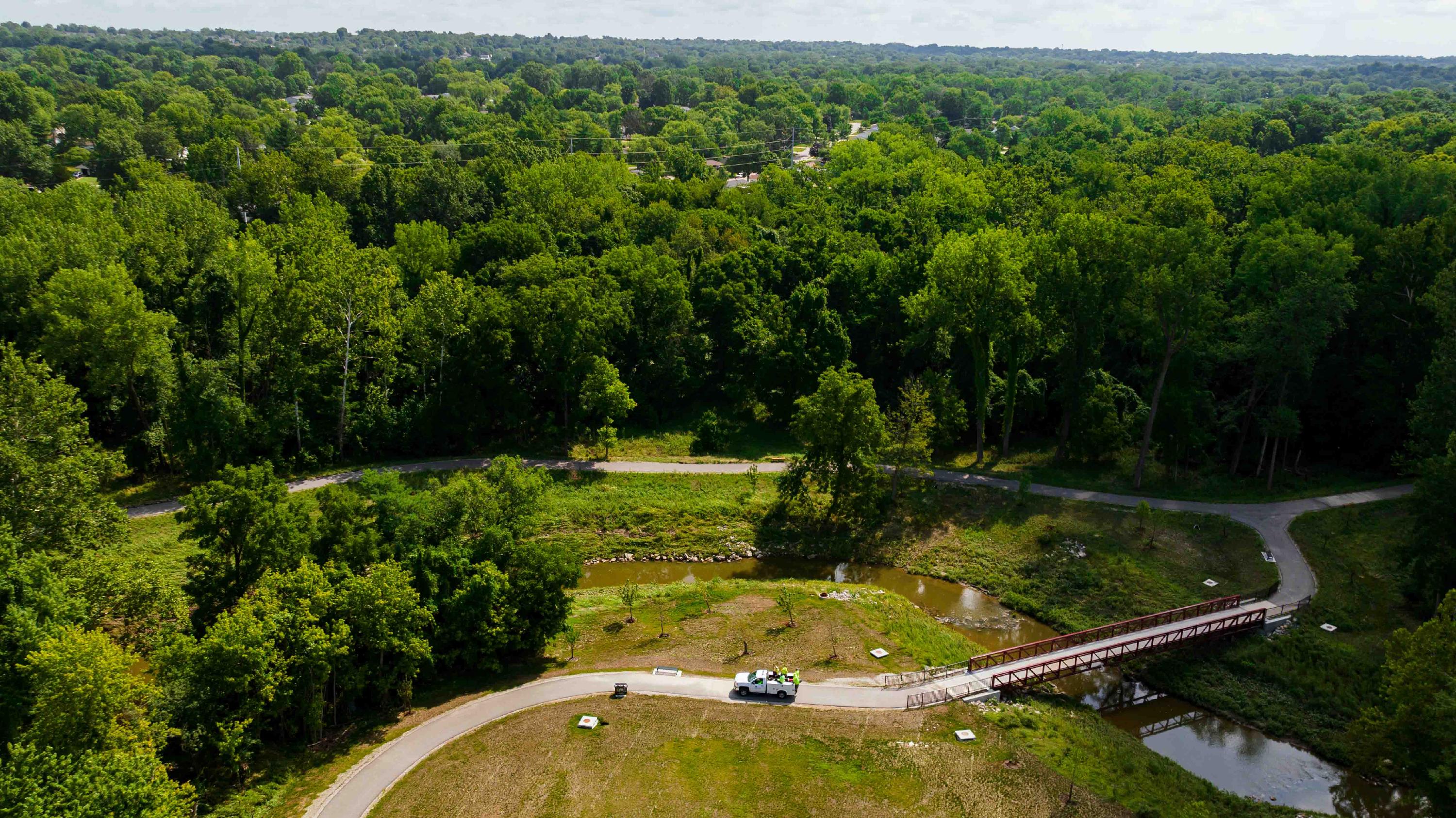Why Are Permits Important?
Building permits have been a part of human history for almost as long as we've been building buildings - and with good reason! Most aspects of building construction— structural stability, electrical power distribution systems, sanitary plumbing systems, heating and cooling systems— represent potential hazards to the building occupants and users. While building codes cannot completely eliminate the risk, compliance with building permit requirements and construction regulations result in reducing risk to an acceptable level.
Some of the more obvious safety items required by building codes are smoke and carbon monoxide detectors. Other codes require construction items to be concealed in the completed building and are not noticed by the casual observer.
Building codes are intended to protect the public health, safety and welfare. This begins with the location of the building on the lot. The closer a building is constructed to the property line, the greater the hazard to adjacent buildings in the event of a fire. The heat and embers from the building constructed close to the property line will expose the adjacent buildings to an increased risk of fire.
Some risks to buildings are easy to understand such as the weight of snow on the roof, wind forces applied to the walls and roof and seismic loads imparted upon the structure due to ground movement. However, the most easily overlooked hazard is flooding. A visual assessment of a piece of land may not accurately reveal the hazard of inundation by flood waters. Before floodplain mapping was initiated by what is now known as the Federal Emergency Management Agency (FEMA), many structures were constructed in flood hazard areas without the knowledge of the owner or contractor. Today, floodplain mapping has been increased in accuracy by the development of digital flood insurance rate maps (DFIRMS). This leap in accuracy has provided local Floodplain Managers with accurate high resolution mapping tools that can be accurately scaled and overlaid on the city's GIS imaging to provide highly detailed images.
Another thing to keep in mind is if a house is constructed close to the regulated flood plain and not located in the floodplain, flood insurance is not required. However, if an attached deck is added to the house and only one support post for the deck is located in the flood plain, the entire house is now located in the flood plain. This will result in mandatory flood insurance being required.
We provide this information not to scare or intimidate building owners and/or contractors, but to make sure everyone is aware of changing federal flood insurance requirements. In doing so, we hope to save property owners money and frustration in the future.
Please contact the city if you have any questions regarding flood hazard information, flood insurance rating data, or natural floodplain functions that should be protected or general floodplain requirements. All elevation certificates on file with the city are available for review upon request. Please contact Director of Community Development, Mike Zeek at mzeek@marylandheights.com or (314) 291-6550.

Some of the more obvious safety items required by building codes are smoke and carbon monoxide detectors. Other codes require construction items to be concealed in the completed building and are not noticed by the casual observer.
Building codes are intended to protect the public health, safety and welfare. This begins with the location of the building on the lot. The closer a building is constructed to the property line, the greater the hazard to adjacent buildings in the event of a fire. The heat and embers from the building constructed close to the property line will expose the adjacent buildings to an increased risk of fire.
Some risks to buildings are easy to understand such as the weight of snow on the roof, wind forces applied to the walls and roof and seismic loads imparted upon the structure due to ground movement. However, the most easily overlooked hazard is flooding. A visual assessment of a piece of land may not accurately reveal the hazard of inundation by flood waters. Before floodplain mapping was initiated by what is now known as the Federal Emergency Management Agency (FEMA), many structures were constructed in flood hazard areas without the knowledge of the owner or contractor. Today, floodplain mapping has been increased in accuracy by the development of digital flood insurance rate maps (DFIRMS). This leap in accuracy has provided local Floodplain Managers with accurate high resolution mapping tools that can be accurately scaled and overlaid on the city's GIS imaging to provide highly detailed images.
Another thing to keep in mind is if a house is constructed close to the regulated flood plain and not located in the floodplain, flood insurance is not required. However, if an attached deck is added to the house and only one support post for the deck is located in the flood plain, the entire house is now located in the flood plain. This will result in mandatory flood insurance being required.
We provide this information not to scare or intimidate building owners and/or contractors, but to make sure everyone is aware of changing federal flood insurance requirements. In doing so, we hope to save property owners money and frustration in the future.
Please contact the city if you have any questions regarding flood hazard information, flood insurance rating data, or natural floodplain functions that should be protected or general floodplain requirements. All elevation certificates on file with the city are available for review upon request. Please contact Director of Community Development, Mike Zeek at mzeek@marylandheights.com or (314) 291-6550.




